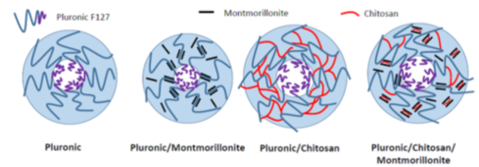
Caterina Branca
University of Messina, Italy
Title: Dynamical and structural characterization of thermally responsive pluronic-based nano-delivery systems
Biography
Biography: Caterina Branca
Abstract
Statement of the Problem: The combination of pluronic and nanoparticles is currently receiving considerable interest in biomedical applications. In this context, investigating and understanding the structural and dynamical properties of pluronicbased systems is crucial to optimize the formulation of high performance multifunctional structures. So far, the effects of polysaccharides and of clays singularly added on a pluronic water dispersion were investigated. The combined addition of chitosan and montmorillonite opens the possibility to join the properties of the single constituents to formulate bio-based temperature-sensitive vehicles.
Methodology & Theoretical Orientation: Chitosan, montmorillonite and chitosan-montmorillonite nanocomposites were added on a concentrated pluronic F127 aqueous solution. The pluronic-based systems were investigated by differential scanning calorimetry (DSC), X-ray diffraction (XRD), rheology, Fourier transform infrared attenuated total reflection spectroscopy (FTIR-ATR) and dynamic light scattering (DLS). The gelation and micellization behaviors of pluronic were compared to those of the pluronic-based composites and analyzed in terms of the different elasticity of the investigated samples. FTIRATR spectroscopy was applied to analyze different vibrational modes in order to evidence differences in the conformational arrangements of the micelles. Finally, by DLS the dynamics of the pluronic-based/water systems was analyzed and depending upon solution temperature the observed decays were attributed to differently sized diffusive entities.
Conclusion & Significance: The experimental findings give strong evidence for the coexistence of complex states of aggregation allowing us to get a better insight into the architecture of the investigated systems.

